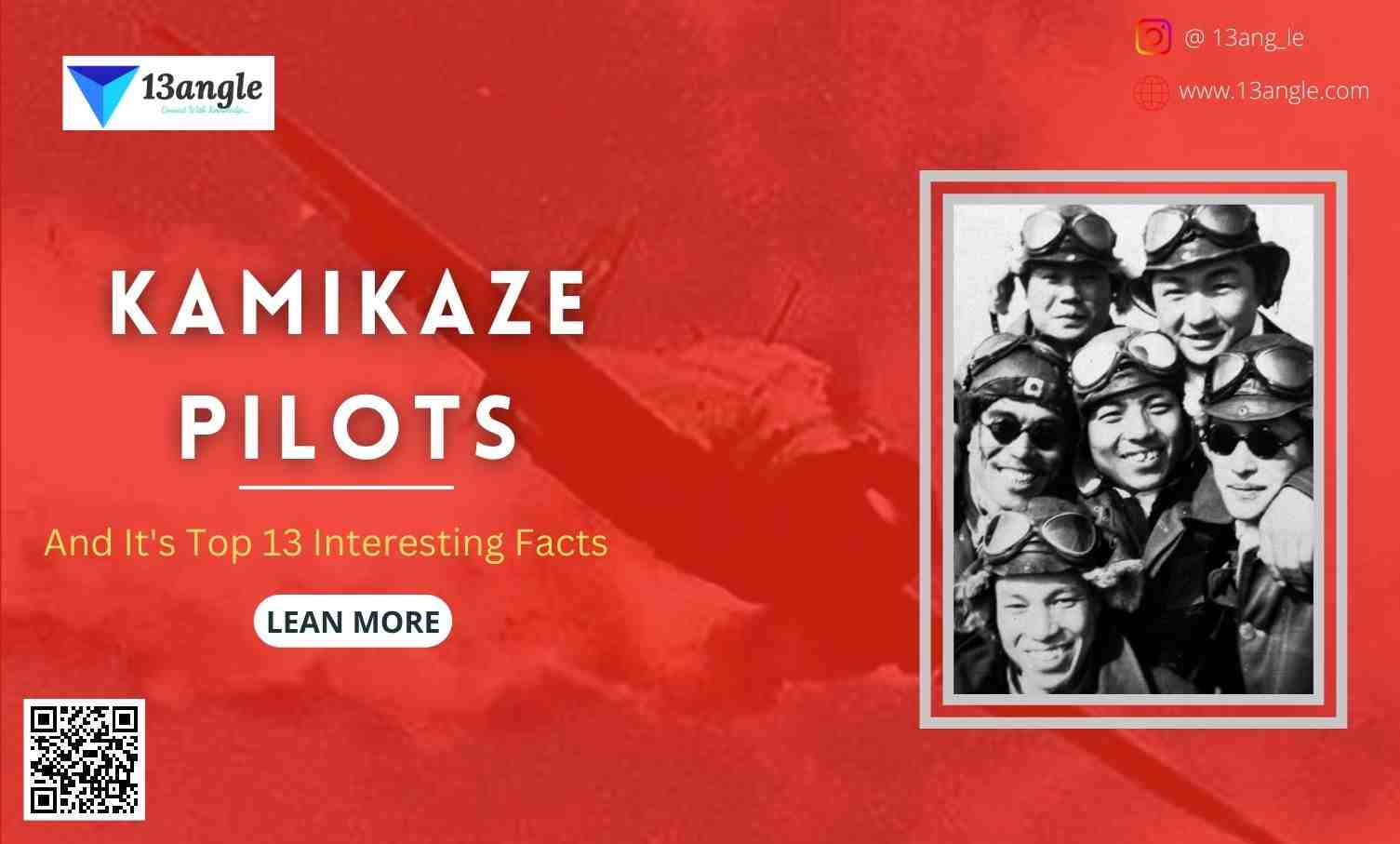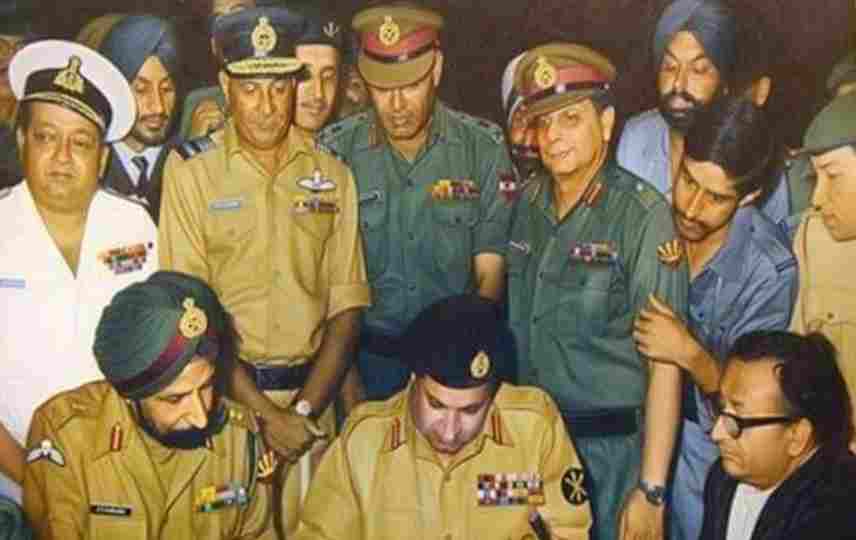
Introduction
Among the series of wars and skirmishes between two of the most conflicted ‘Nuclear weapon Neighbours’, India and Pakistan, the 1971 Indo-Pak War stood as the shortest spanning yet a tremendous nightmare to the people of Bangladesh, with the most brutality unleashed upon the women and girls in a well-organized systematic campaign of ‘Genocidal Rape’ under the war. While some eight to ten million Bangladeshi civilians fled the country to seek haven in India, India also opened its borders for those threatened Bangladeshi masses. But according to some official reports, millions of them have made no returns to their homeland yet. According to an estimate, this war saw the highest number of deaths among all of the Indo-Pak encounters yet, also it reported the largest number of prisoners of war since the Second World War, with a record number of surrenders of more than 90,000 Pakistani military and civilians.
Kashmir has been the central ground for both India and Pakistan to play their war games on and beat their chests with pride, asserting their claims on the heavenly land of picturesque surroundings and the lush green forests, the three major post-partition wars that happened between these two countries mainly fought over the issue of Kashmir but the 1971 war with the exception, grew out of different roots while changing the complex Kashmir narrative all of a sudden and replacing it with the scenario of prevailing hostilities and aggression that breathed life through the Bangladesh Liberation War in erstwhile East Pakistan (now Bangladesh).
The very recent clash between India and Pakistan started through an ‘Accidental firing’ of a missile by India, which India claims to be an unfortunate and a total ‘inadvertent’ result of some technical snag which India faced during the course of its routine maintenance. Pakistan immediately came heavy on India and strongly protested the ‘unprovoked’ violation of its airspace; also he summoned India’s Charge d’ Affairs in Islamabad. Followed by which the defence ministry of India hopped on to clarifying in no time, teaming the ‘Missile blunder’ with a statement as ‘deeply regrettable’, ‘On March 9, in the course of routine maintenance, a technical malfunction led to the accidental firing of a missile. The government of India has taken a serious view and ordered a high-level Court of Enquiry,” Though ‘accident’ as such might shake the already sensitive bond that these two nuclear fragile neighbours share.
The Wake Of Bangladesh Liberation War

- The significant birth of the People’s Republic of Bangladesh from the territory of the former province of East Pakistan shaped new dimensions of South Asia’s geopolitical landscape. It didn’t only start a new chapter for the East Pakistani masses, it built complex narratives surrounding twentieth century sexual and genocidal violence, the Cold War foreign relations, and restrictions on the international law in post-conflict societies. The Bangladesh liberation war eventually gave the ‘New life’ to the Eastern Pakistanis altogether, though the cruelty and the sick violence it carried while it had life, haunted the Bangladeshis of a now ‘free land’ for centuries thereafter. The significant differences and the nasty ‘dominance’ urges of West Pakistan over East Pakistan had sowed the seeds of a great clash between these two intact parts of the just-formed Pakistan way earlier. East Pakistan was created during the Independence from the British Empire in 1947. During the partition phase, which gave birth to India and Pakistan, which essentially were framed on the religious lines, the eastern part of Bengal went to Pakistan’s land. Due to great cultural, ethnic, ideology differences, both the West and the East ‘hands’ to Pakistan couldn’t settle well with each other. And the tough military ‘agency’ in Pakistan which always favored the West hand to Pakistan, played a major role in suppressing and abusing the East Pakistan masses. The roots of the Bangladesh Liberation War started breathing in the year 1950 only when Pakistan was expecting its elections. The political party Awami League, which was spearheaded by Sheikh Mujibur Rahman, stood for the autonomy of East Pakistan and clinched the victory with significant trust and votes of the Pakistani ‘Awaam’. However, their celebrations couldn’t last long and were attacked by the ‘pro-west’ General Agha Mohammad Yahya Khan and Zulfikar Ali Bhutto of the Pakistan People’s Party. They both tried to prevent the Awami League from grabbing the central seat with that win. The General postponed the session of the National Assembly for an indefinite period of time. Seeing this blatant exploitation and abuse of powers by the General, the East Pakistanis stood for protests along with the Non-Cooperation movement and demanded fair play with them. In the response, Yahya Khan had to move to Dhaka to have effective dialogues with Mujibur Rehman but that brought no fruitful compromises and the General attacked East Pakistan out of massive agitation. He rolled out the famous “Operation Search Light” on the night of 25th March 1971. His crackdown eventually pushed the massive War of Liberation and the birth of free sovereign Bangladesh.
Massive Influx Of Refugees From East Pakistan To India
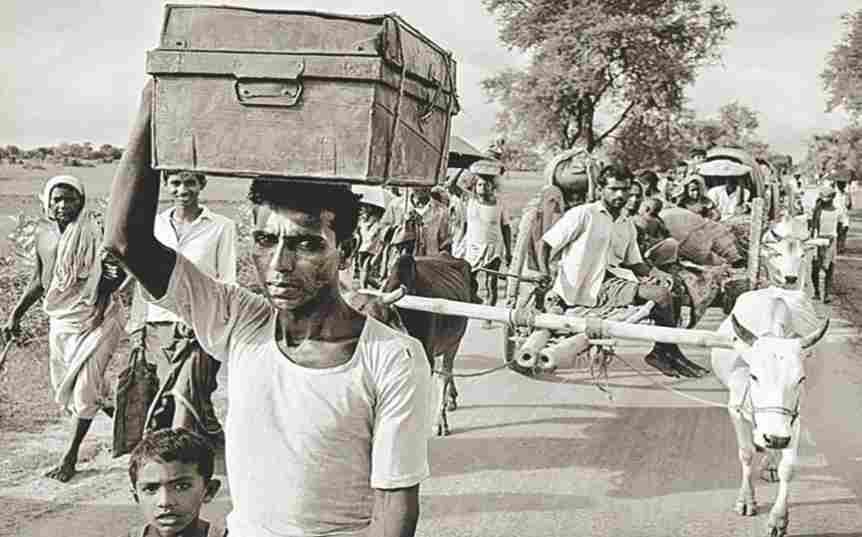
Following the launch of this ghastly attack, the massive crowd of East Pakistanis rushed to their immediate neighbor, India to seek refuge away from the extreme conditions in their homeland. The Pakistan army raised a large-scale genocide against the Bengali population of East Pakistan, a particular military operation named ‘Operation Search Light’ by General Agha Mohammad Khan, mainly aimed at the minority Hindu population. The atmosphere of the ‘majority-minority’ equation was particularly grimmer in Pakistan back then, Hindus being the minority along with some other religions would face even more harshness in Pakistan than they’re made to face in the present times. India wholeheartedly opened its doors to the dead scared, hopeful Bengali refugees and let them in its states. The East- India border was opened for the refugees, and the governments of states such as, Meghalaya, Assam, Tripura, and West Bengal made available camps and other facilities for the refugees. This step of the Indian government however brought along a massive burden on an already overburdened Indian economy.
Intervention And The Pakistani Air Force (Paf)’s Attack On Indian Airfields
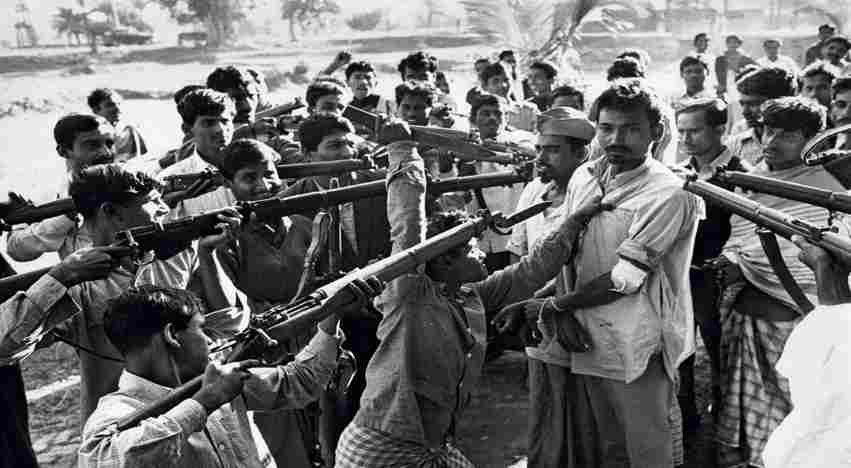
- The aggressive internal conflicts in Pakistan soon caught the world’s attention and the Bangladesh independence militia called, ‘MuktiBahini’, drew crucial support from the government of India thereafter. As Bangladeshis migrated to Indian states in huge numbers to seek ‘haven’, India decided to jump into the matter and face the Pakistan’s army all for the ‘humanitarian cause’. Pakistan however was ready with its sassy military tactics and before India could think of anything else, the Pakistan Army launched an attack on northern India from West Pakistan. That was a pre-emptive strike named, ‘Operation Chengiz Khan’, which involved sending away some 50 planes to India to destroy Indian airfields which were about 11 in totals. To which the then Prime minister responded by ordering the immediate mobilisation of troops and launching of the full-scale invasion. India raised a coordinated army of all three of its defence forces and started flying sorties against Pakistan with the objective of just to prevent Pakistan’s attempts at invade into India.
Naval, Air And Ground Operations
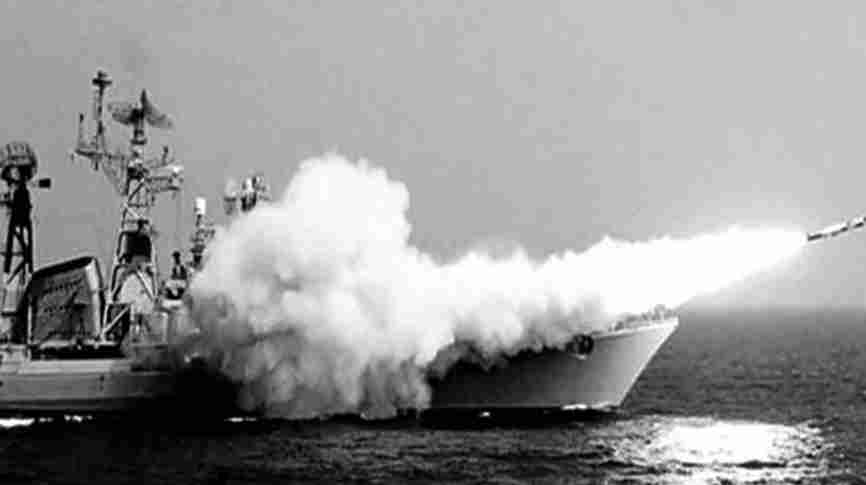
- The Pakistan navy started the Naval aggression on both eastern and western front but ended with destruction and sinking of its own three merchant ships in the incident of first losing the reserve fuel which was soon followed by further destruction of its reserve fuels through the attacks of Indian missiles. In the eastern space of the war, the Indian eastern Naval command entirely isolated the East Pakistan through a Naval blockade in the Bay of Bengal, jamming the eastern Pakistani Navy and some of their ships in their ports. Later the aircraft carrier ‘INS Vikrant’ was stationed and its fighter-bombers dominated many coastal towns in East Pakistan, Pakistan however countered the attack by sending off its submarine ‘PNS Ghazi’, which was destroyed and submerged in strange circumstances off the Vishakhapatnam Coast. In the whole Naval operation, three merchant navy ships named, Anwar Baksh, Pasni and Madhumati and besides these ten smaller vessels were captured also, around 1900 personnel were lost, and around 1413 servicemen were captured by Indian forces in Dhaka. Whereas, on the air operation front, Pakistan decided to stick to the ‘defence mode’ and avoid engaging itself as the ‘initiator’ of the conflicts with India partly due to the paucity of Non-Bengali technical personnel. Also, another reason cited to that was the PAF’s (Pakistani Air Force) immediate decision to choose to cut his losses as it had already faced significant losses in the conflict. Followed by that, the small air contingent of Pakistan Air Force No. 14 Sqn was shoot down, sending the Dhaka airfield out of commission and resulting in Indian air dominance in the east. On the Ground operation front, Pakistan took the ‘first’ command this time and attacked at several places along India’s western border with Pakistan, to which Indian Army quickly retaliated by capturing around 5,500 square miles of Pakistan territory on the western front. Whereas on the eastern front the Indian Army joined hands with the ‘MuktiBahini’ to come up with the collaboration named ‘MitraBahini’ and unlike the 1965 war, they decided to adopt a subtle, three-pronged assault of nine infantry divisions along with tough armoured units and close air aid. The Indian campaign adopted “blitzkrieg’ techniques, totally supressing the Pakistan army and bagged a swift victory of itself. Finally, upon losing on multiple fronts of the war, the Pakistani forces deployed in East Pakistan gave in and surrendered to the Indian Army.
Indira Gandhi’s Active Participation
Indian government back then led by Indira Gandhi intervened in the issue hastily, while urging for immediate solutions from the international community, but failed to get about any positive reactions from the international biggies. Prime minister Indira Gandhi then extended full support to the independence struggle of East Pakistan. Her government settled with a decision to take tough armed action against Pakistan rather than just sitting content with the ‘refuge movement’ to support the fleeing huge masses of East Pakistan. She rolled out a strategy to put together the Indian braves with the ‘MuktiBahiniguerillas’ of East Pakistan and a necessary training was given to the ‘MuktiBahiniGuerillas’by the then exiled East Pakistan army officers and members of the Indian intelligence immediately in the designed refugee camps.
On the evening of 3rd December, Sunday, the PAF launched a pre-emptive strike on eleven airfields in North-western India, the same evening, in an address to the nation on radio, Indira stated that the launch of Airstrikes is a declaration of war by Pakistan against India, which was followed by the Indian Airforce doing the initial Air strikes the same night. Which later turned into the official face of Indo- the Pak war and Indira immediately ordered the mobilization of troops and launched the full-scale invasion.
Significant Roles Of Sam Manekshaw, Jacob, Niaziin The War
- The India’stough trio (Army, Navy, Airforce) made India super proud by their acts of courage and valiance and their highest spirit to defend the neighbour country against Pakistan while putting their lives hanging on gallows. Among many brave souls of this prestigious trio, Sam Manekshaw was the one, he led the Indian army in the war entirely, and played a crucial role in sending the Pakistani troops to shivers. His words were, “My job is to fight, fight to win”while talking to then Prime minister Indira Gandhi, which best explained his devotion towards his country and which eventually led India towards the victory against Pakistan. On the warfare, Manekshaw told the Pakistani general, ”Yousurrender or we wipe you out” on December 13 as the Pakistani Army was crushed into dust due to India’s dominant on ground and air assault in both the western and eastern fronts. He was later credited with, taking full strategic control of the Bangladesh operation under Gandhi. This another hero to the 1971 war was, Major General Jacob, who served as the Chief of Staff of the Indian Army’s Eastern Command during the war. He was famously known for his “War of movement” plan, which was to capture all of the East Pakistan territory involving Dhaka by avoiding the towns in mid and using the secondary routes to reach the capital city. This entire strategy worked in just 15 days and helped India in its incursion of Dhaka successful. On December 16, 1971 Jacob was sent to put the Pakistani Army commander onto surrender. Finally, this third very infamous character to the war, rightlytitled‘the Butcher’ of Bangladesh’, General Niazi of Pakistan was censured heavily by his own country’s committee members, which were appointed to check in the factors that eventually led to Pakistan’s big defeat. He recklessly butchered the many East Pakistanis on his allotted area and had many allegations around human rights violations, supervising the smuggling of goods during the war with India also he was majorly blamed for military failure during the war. He eventually was made to sign the Instrument of surrender towards India, while being a ‘high profile’ prisoner of war.
A Brief Account On The ‘total Harm’ Imposed And Huge Migration

- The huge ‘massacre’ that Pakistan pushed the Bengalis, Hindus through, ultimately some around 1.5 million Bengalis were displaced and moved to India mostly around March 1971. And by November 1971, some 10 million Bengalis among whom the Hindus dominated the crowd significantly had left to India. According to the most chilling estimates, around 3 million people were killed and some 200,000 women were raped. Those were essentially ‘mass raped’ in prisons or rape camps.
Pakistani Forces Knelt Down And Surrendered
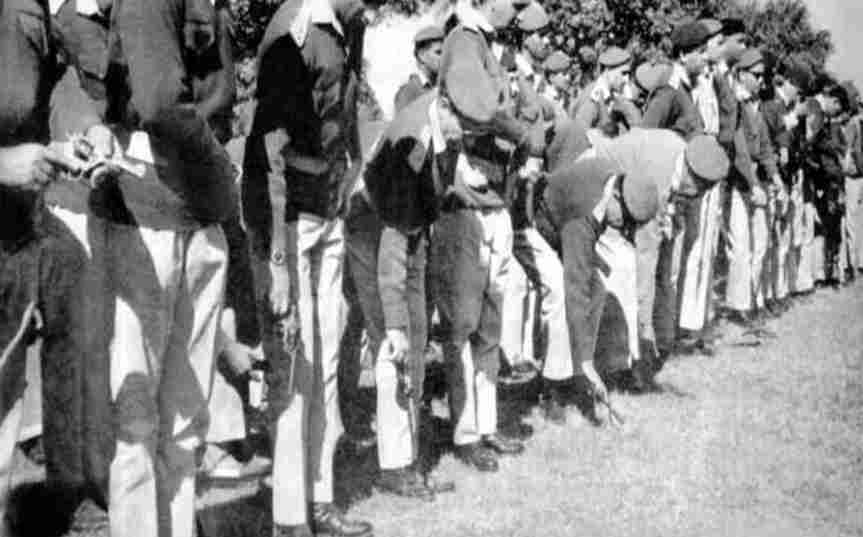
- As the Pakistani forces gave in and put down their weapons, ‘The instrument of Surrender’ of Pakistan forces at Ramna race course in Dhaka on 16 December 1971 was accepted and signed by Lieutenant General Jagjit Singh Arora and General Officer Commanding-in-Chief of Eastern Command of the Indian Army, A.A.K Niazi, commander of Pakistani forces in East Pakistan. India captured around 90,000 prisoners of war. Apart from the soldiers, an estimate was made that around 15,000 Bengali civilians were also made prisoners of war.
Foreign Nations Involvements And Commentaries
India found a big supporter in Soviet Union, who recognized and sympathized with the Bangladeshis, also favoured India on its stance and invested powers in encouraging Indian Army and Mukti Bahini during the war. Also the Soviet Union played a smart move to shake the status of its rivals, the United States and China. The USSR not only ended it with words and promises in air but signed a proper ‘Indo-Soviet friendship treaty’ in August 1971, promising to India that if any conflicts or confrontation with the United-states or China ever rise, it would counter them immediately.
Whereas the United States stood firm with Pakistan and its stances, supported it both politically and materially. China also, not surprisingly spoke in favour of Pakistan while reflecting and pointing significantly at India’s possible plans at invading West Pakistan and Pakistani-controlled Kashmir and how Pakistan can anytime expect the ‘vulnerability’ for him from India.
Setting Up Of Hamoodur Rahman Commission By Pakistan
- As Pakistan was already mad frustrated and humiliated by its big defeat against its one of the most ‘unliked rivals’ India, it decided to form a committee to look and examine deeply into the matter, as to know exactly how the defeat came by, and the political and military causes to that. Though as the report was about to be rolled in public, it was immediately struck down and effectively banned by Bhutto as it could put the Pakistani military in a bad light, only by some rare chances that some portions to that piece were accessed by the Indian media in 2000. The commission significantly raised serious blame on the Pakistan army, their messed-up strategies to counter India, their high irresponsibility towards dealing with the general masses and neglect of duty. It recommended immediate public trial of the Pakistani Army generals for all the chaos that harmed the innocent people also, which leads Pakistan towards a ‘shameful’ defeat against its rival India.
Shimla Agreement
- The Shimla agreement was signed in 1972, between India and Pakistan, which was actually rolled out to make a public statement and an assurance regarding the intact recognition of the independence of Bangladesh and in exchange a deal was made, to get all the Pakistan POWs back in their homeland. India soon obliged to that and soon afterwards, released more then 90,000 Pakistani POWs in a short span of five months. Also, India pardoned some 200 soldiers that were captured originally for their involvement in war crimes. This agreement also fetched back more than 13,000 km square of land to Pakistan that Indian troops conquered during the war, though later afterwards India retained a few of those back.
Russia’s Role As A ‘True Ally’ To India Amid The War
- When countries such as USA and UK were planning their major intimidation towards India by deploying their British warships in the Arabian sea, along the Indian west coast and subsequently the Americans were moving headwards Bay of Bengal in the East, to mainly facilitate the Pak army which was stuck hard between the sea and the marching Indian troops. To counter this step by these biggies, Russia dispatched a nuclear-armed flotilla which was loaded with frigates, submarines, etc from its city Vladivostok in December 1971. Russian attempts eventually thrashed the ‘guts’ of both British and American troops and forced them to withdraw and march towards their home back. China while witnessing all of that, didn’t put his leg to intervene fearing that, Russia might face him in the Sinkiang region of China.
The 1971 War Depicted ‘On Screen’


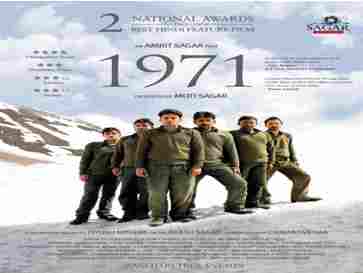
This massive ‘scenario’ of war and retaliation couldn’t escape any sector’s attention in India and influenced the Indian cinema too with the same vigor that it touched the rest. The Indian cinema has delivered a significant number of movies, dramas, and shows yet to depict the entire war scene and the most-raw aspects of the war. There are numerous Bollywood movies made on that, a few of them are- Hindustan Ki Kasam (1973), Aakraman (1975), 1971 – Prisoners of War (2007), and Border (1997).
A famous Pakistani drama named, “PNS Ghazi (Shaheed)” was also released, based on the sinking of PNS Ghazi, ISPR.
Awards And Recognitions To The Indian ‘Brave Souls’
Military Awards :-
East Pakistan 1971 (theatre honour)
Sindh 1971 (theatre honour)
Jammu and Kashmir 1971 (theatre honour)
Punjab 1971 (theatre honour)
Basantar River
Bogra
Chachro
Chhamb
Defence of Punch
Gadra City
Harar Kalan
Hilli
Longanewala
Parbat Ali
Poongli Bridge
Shehjra
Shingo River Valley
Sylhet
Dera Baba Nanak
Gallantry Awards
- Following is a list of the recipients of the Indian award ParamVir Chakra, Bangladeshi award Bir Sreshtho, and the Pakistani award Nishan-E-Haider:
1. India
Recipients of the ParamVir Chakra –
- Lance Naik Albert Ekka (Posthumously)
- Flying Officer NirmalJit Singh Sekhon (Posthumously)
- Major Hoshiar Singh
- Second Lieutenant ArunKhetarpal (Posthumously)
2. Bangladesh
Recipients of the Bir Sreshtho-
- Captain Mohiuddin Jahangir (Posthumously)
- Lance NaikMunshiAbdurRouf (Posthumously)
- SepoyHamidur Rahman (Posthumously)
- Sepoy Mostafa Kamal (Posthumously)
- ERA Mohammad Ruhul Amin (Posthumously)
- Flight Lieutenant Matiur Rahman (Posthumously)
- Lance Naik Nur Mohammad Sheikh (Posthumously)
3. Pakistan –
Recipients of the Nishan-E-Haider
- Major Muhammad Akram (Posthumously)
- Pilot Officer Rashid Minhas (Posthumously)
- Major Shabbir Sharif (Posthumously)
- Sarwar Muhammad Hussain (Posthumously)
- Lance Naik Muhammad Mahfuz (Posthumously)
Civilian Awards
On 25 July 2011, Bangladesh SwadhinataSammanona, the Bangladesh Freedom Honour, was posthumously conferred on former Indian Prime Minister Indira Gandhi.
On 28 March 2012, President of Bangladesh Zillur Rahman and Prime Minister Sheikh Hasina conferred Bangladesh Liberation War Honour and Friends of Liberation War Honour to 75 individuals, six organisations, MitraBahini and the people of India at a special ceremony at the Bangabandhu International Conference Centre. This included eight heads of state viz. former Nepalese President Ram Baran Yadav, the third King of Bhutan Jigme Dorji Wangchuck, former Soviet presidents Leonid Ilyich Brezhnev and Nikolai Viktorovich Podgorny, ex-Soviet prime minister Alexei Nikolaevich Kosygin, former Yugoslav president Marshal Josip Broz Tito, ex-UK prime minister Sir Edward Richard George Heath and former Nepalese prime minister Bishweshwar Prasad Koirala. The organisations include the BBC, Akashvani (All India Radio), International Committee of the Red Cross, United Nations High Commissioner for Refugees, Oxfam and Kolkata University Shahayak Samiti.
The list of foreign friends of Bangladesh has since been extended to 568 people. It includes 257 Indians, 88 Americans, 41 Pakistanis, 39 Britons, nine Russians, 18 Nepalese, 16 French and 18 Japanese
Top 13 Interesting Facts About The 1971 Indo-Pak War
The Indo-Pak war of 1971 concluded in just 13 days and was probably the shortest spanned war in history.
According to some popular estimates, over nine million Bangladeshi refugees entered India to seek haven from the brutal scene in their homeland.
In the war, Pakistan bore the consequences way tougher than India and lost around 8000 people to death and got some 25,000 of its people wounded, and disabled. While in comparison, India had a lower number of deaths reported, with around 3000 soldiers, and got almost 12,000 of its people wounded.
The ‘MuktiBahini’ guerrillas of East Pakistan collaborated with the Indian forces to counter the Pakistani troops in the east. They essentially were trained and provided with war materials and rough training from the Indian army.
The Indo-Soviet Treaty of Friendship and Cooperation was signed in August 1971, it gathered popularity for the name it earned by the addition of the ‘assurance’ of the Soviet Union to India regarding, taking counter-measures against China and the United-states if certain confrontation with them ever develops.
At the start of the war, Iran firmly stood with Pakistan both politically and strategically. However, Iran switched its choices later and started cementing its relations with India, based on mutual cooperation and security.
In the ‘shortest’ war in its history, Pakistan lost nearly half of its Navy, a quarter of its Air force, and one-third of its Army. Pakistani media wasn’t ready for any of that and a number of pleasing, fabricated news started circulating in Pakistan to save people from the ‘devastating trauma’ of the huge defeat.
A Pakistan Army General Hakeem Arshad Qureshi wrote his book based on his experiences of the war, named “The 1971 Indo-Pak War: A soldier’s narrative.
The Pakistani Lieutenant-General Tikka Khan, got much infamous for his inhumane actions in the war, fuelling tensions against Bengalis and getting the most Bengalis butchered in the areas he was controlling. And for that, he also earned a nasty title for him, which was “Butcher of Bengal”.
The Shimla agreement was brought up in the Indo-Pakistani summit, which was held in Shimla in 1972. It was signed by President Zulfikar Ali Bhutto and Prime Minister Indira Gandhi.
A short film named, “Mukti: Birth of a Nation” in 2017, was directed by Manu Chaube and depicts the interaction between Major General J.F.R. Jacob and Lieutenant General A.A.K Niazi over the Pakistani Instrument of Surrender.
The second commission by Pakistan to check into its shortcomings in the war was known as, the “Indo-Pakistani War of 1971 Prisoners of War Investigation” which was conducted entirely by the Pakistani government.
The victory of India in the war hugely impacted its position on the world’s platform and many countries including the power puffed the USA had accepted that the balance of power has shifted in favor of India as a huge player in the region.





